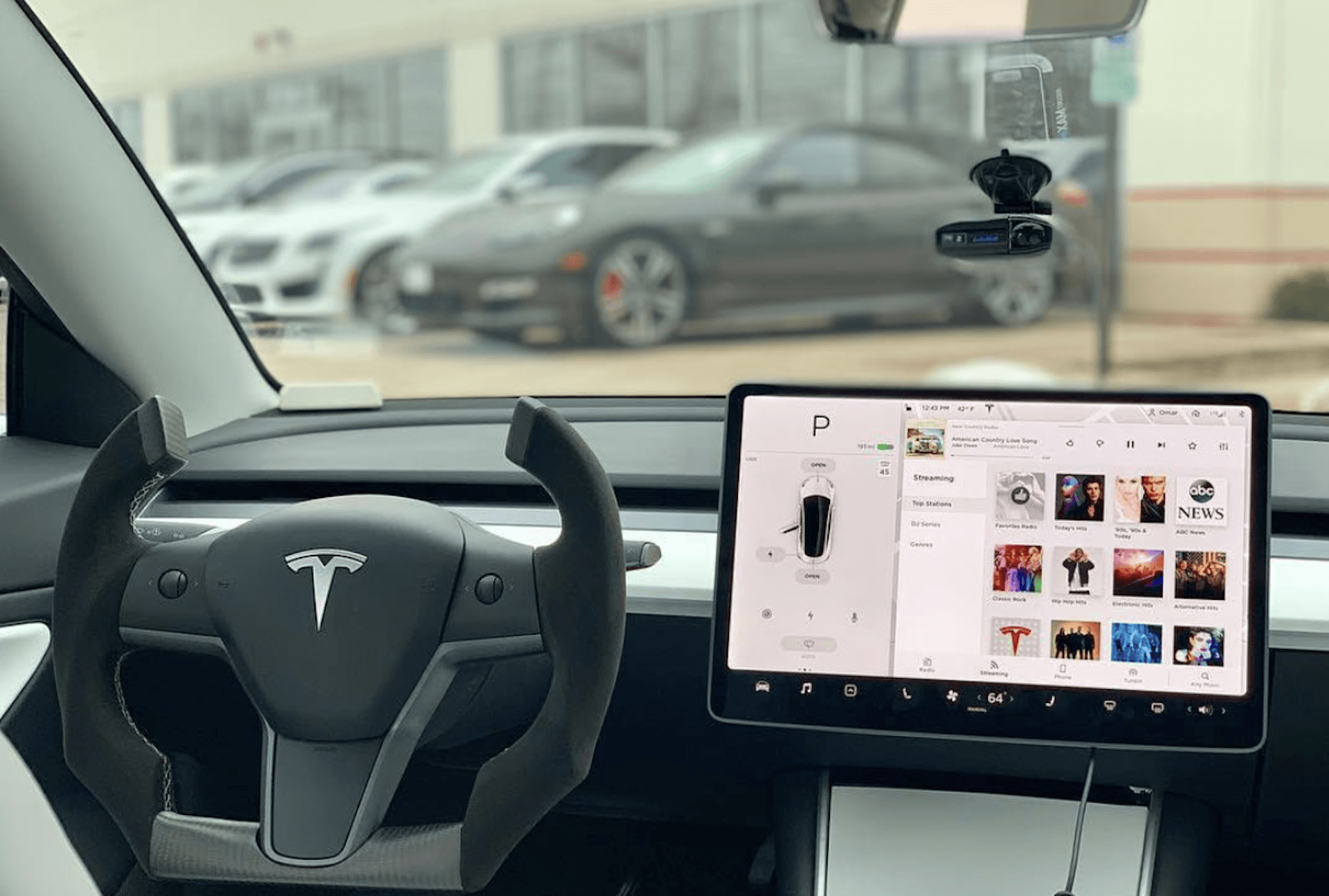The European Union has recently taken a decisive step that could significantly enhance Tesla’s competitive edge in the European market by lowering tariffs on its vehicles produced in China. This move has sparked considerable interest, particularly because it sharply contrasts with the much higher tariffs imposed on other Chinese electric vehicle (EV) manufacturers. The EU’s decision highlights a strategic and differentiated approach to managing trade relations with China.
This action comes on the heels of the EU’s previous decision to increase tariffs on all electric vehicles imported from China. The EU justified this move by citing concerns over “unfair” state subsidies that they argue give Chinese EV manufacturers an unwarranted advantage over their European counterparts.
Tesla, which has a production facility in Berlin but also exports a substantial number of cars from its Shanghai factory to Europe, was initially facing a 20.8% tariff. This rate posed a significant threat to Tesla’s ability to compete effectively in the European market. However, in a surprising development, the European Commission, the EU’s executive branch, announced on Tuesday that Tesla’s tariff would be reduced to 9%.
This reduction is particularly striking when compared to the broader tariff landscape: while all EV imports to the EU are subject to a base 10% duty, Tesla’s adjusted tariff is notably lower than the additional tariffs ranging from 17% to 36.3% imposed on other Chinese automakers.
The European Commission explained that the reduction was based on the “level of subsidies” Tesla had received in China. The decision followed a comprehensive investigation, including on-site assessments in China, which the Commission said was consistent with the procedures applied to other Chinese manufacturers. Despite the clarity offered by the Commission, Tesla has not yet commented on the new tariff rate.
Gregor Sebastian, a senior analyst at the Rhodium Group, was surprised by the relatively modest tariff applied to Tesla. He pointed out that factors such as local government loans in Shanghai and subsidized batteries from Chinese supplier CATL might have influenced the Commission’s decision. However, he also noted that without full disclosure of the Commission’s methodology, it remains challenging to fully understand the reasoning behind the reduced tariff.
Although the new tariff is not entirely advantageous for Tesla, it does provide the company with a crucial competitive edge, especially when compared to major Chinese rivals like SAIC. The state-owned automaker, which owns the renowned MG brand, faces a steep 36.3% tariff—reserved for companies labeled as “non-cooperative” by the Commission. Similarly, Geely, the owner of Volvo, is subject to a 19.3% tariff, while BYD, which competes directly with Tesla for the title of the world’s largest EV seller, is facing an additional 17% duty.
These revised tariffs, while slightly lower than the rates initially proposed in June, reflect the EU’s careful consideration of the competitive landscape. Notably, Chinese automakers involved in joint ventures with European manufacturers could see lower tariffs, set at 21.3%, rather than the maximum 36.3%.
In response to the EU’s decision, China’s Commerce Ministry strongly opposed the ruling, criticizing the investigation as “distorted” and pledging to protect the legitimate rights and interests of Chinese companies.
The repercussions of these tariffs are already being felt. After the EU’s initial tariff hike in July, Tesla raised the price of its Model 3 in Europe by about 4%, or €1,500 ($1,666), bringing the total to €42,490 ($42,177). Despite this increase, the Model 3 remains less expensive than the BYD Seal. George Whitcombe, an automotive research analyst at Rho Motion, noted that the reduced tariff will help Tesla’s Model 3 maintain its competitiveness against other Chinese-made EVs in Europe.
BYD, on the other hand, has not yet increased its prices in Europe despite the additional tariff. According to Sebastian from the Rhodium Group, BYD is better positioned to absorb the extra costs due to its lower production expenses relative to its European pricing. Sebastian estimates that BYD could absorb an EU tariff increase of up to 45% without major impact.
BYD might also consider increasing its exports of plug-in hybrid electric vehicles, a category that Tesla does not compete in, since the tariffs only apply to battery EVs. Additionally, BYD could potentially circumvent the tariffs by establishing manufacturing operations in Turkey, where exports to the EU are not subject to these duties.
Despite the challenges posed by higher tariffs, it is unlikely that Chinese EV manufacturers will retreat from the European market. Europe remains a vital market for these companies, representing more than a third of their exports last year, with profit margins that justify their continued focus on the region.
This situation highlights the intricate dynamics of global trade within the rapidly evolving EV industry, as Tesla and its Chinese competitors navigate a complex environment shaped by tariffs, subsidies, and strategic production decisions.







